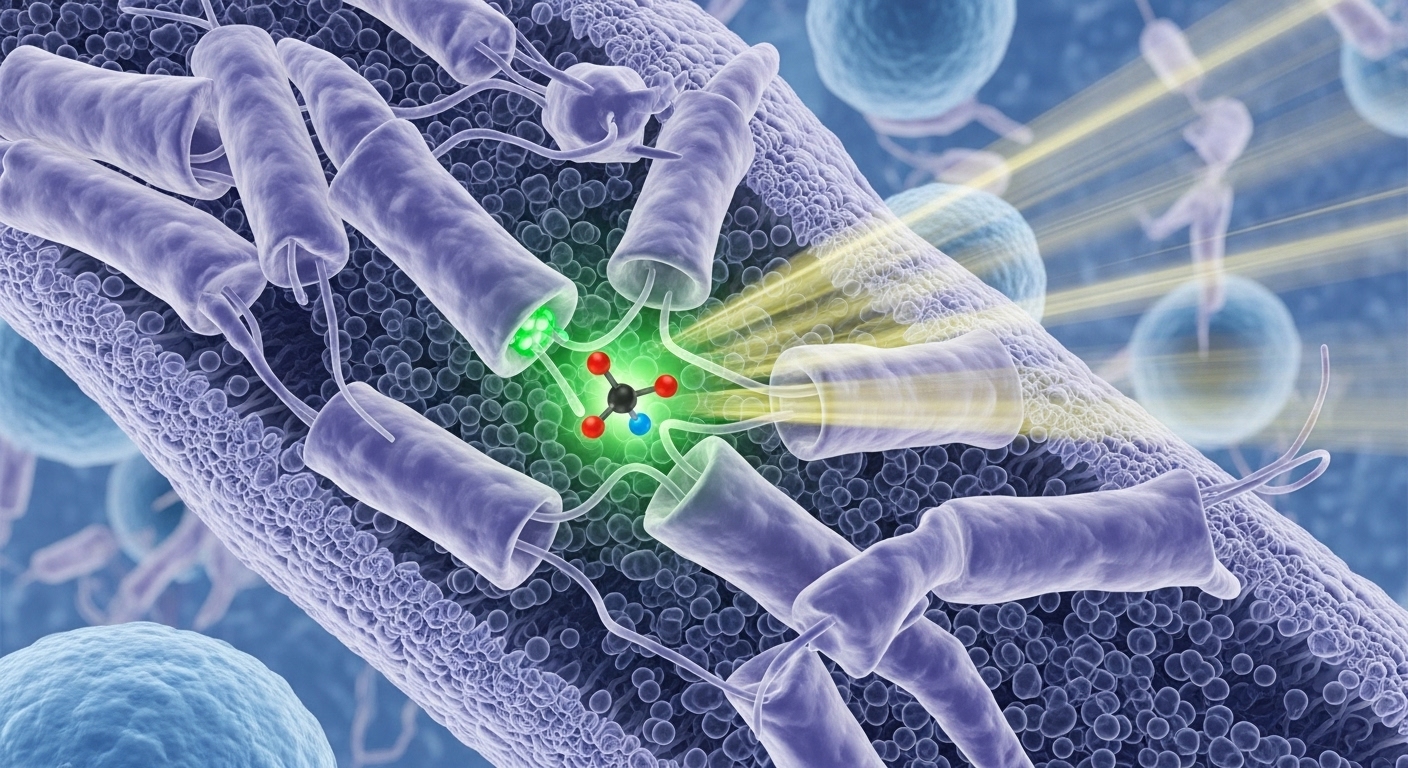Dr. Kumar’s Take
This review paper argues that many Long COVID symptoms may come from disrupted cholinergic signaling, especially at nicotinic acetylcholine receptors. The authors propose a simple testable idea: short courses of low-dose nicotine patches could temporarily restore signaling and ease brain fog, fatigue, dizziness, and cold hands or feet. They share one patient case with PET imaging that looked better after a brief patch trial, and a user survey showing many reported improvement. It is promising, but still early. Readers should discuss options with a clinician, not self-medicate.
Key Takeaways
✔ Core hypothesis: Long COVID may involve blocked or impaired nicotinic receptors across the brain, immune system, platelets, endothelium, and red blood cells.
✔ Early human signal: One case showed symptom relief and higher α4β2 receptor availability on PET after a short low-dose patch course.
✔ Real-world signal: In a descriptive survey, most users reported feeling better on low-dose transcutaneous nicotine.
✔ What it is not: This is not a randomized clinical trial. Results should guide future trials, not do-it-yourself treatment.
Actionable Tip
If you are exploring care for Long COVID, ask your clinician about multidisciplinary rehab and ongoing trials. If nicotine patches are considered, keep it clinician-supervised, low dose, time-limited, and tracked with clear stop rules for side effects.
Brief Summary
The paper reviews how nicotinic receptors help control attention, memory, autonomic tone, inflammation, clotting, and oxygen delivery. It suggests that spike-related interference at these receptors could explain common Long COVID symptoms. A case report shows increased α4β2 receptor availability on PET after a short course of low-dose transcutaneous nicotine, along with symptom improvement. A separate user survey reports high rates of perceived benefit. The authors call for controlled trials to confirm safety, dosing, and true effect size.
Study Design
- Type: Narrative review with mechanistic synthesis.
- Clinical data inside the review:
- Single-patient case: PET imaging of α4β2 receptors before and after a brief low-dose nicotine patch regimen.
- Descriptive survey: Outcomes from 231 users of low-dose transcutaneous nicotine.
Results
- Mechanistic case: The review explains how impaired nicotinic signaling could cause brain fog, orthostatic tachycardia, microclotting, cold extremities, and shortness of breath.
- Imaging case: After a brief low-dose patch, PET suggested more available receptor binding sites and the patient reported better speech and energy.
- Survey: Most respondents reported symptom improvement, with some noting remission. These are self-reported and uncontrolled.
How Nicotine Might Work
Nicotine has high affinity for nicotinic receptors. And the theory behind long COVID symptoms is that persistent spike proteins circulating through the body attach to acetylcholine receptors and block them from being activated by acetylcholine. The idea is that a low dose nicotine, delivered through the skin, could compete for the same receptor sites and temporarily restore normal signaling.
Safety Notes
Nicotine can cause nausea, dizziness, sleep changes, palpitations, and skin irritation. People with heart disease, pregnancy, or age under 18 should avoid unsupervised use. This paper focuses on patches, not smoking or vaping.
Related Studies and Research
Nicotine and Cognition: Meta-Analysis – Aggregated results on whether nicotine improves cognitive performance.
Nicotine’s Addictive Potential: Lancet 2007 – A global expert ranking placed nicotine among the most addictive drugs.
Nicotine Patch in MCI Cognitive Trial – Explores nicotine patch therapy in mild cognitive impairment.
Podcast: Why This Neurosurgeon Will Never Use Nicotine – A breakdown of nicotine’s true effects on the body and brain.
Conclusion
This review offers a clear, testable model: cholinergic disruption may be a key driver of Long COVID, and low-dose nicotine patches might help some patients. The signals are intriguing, but high-quality trials are needed before routine clinical use. For now, partner with your clinician, track symptoms, and consider enrolling in research.


